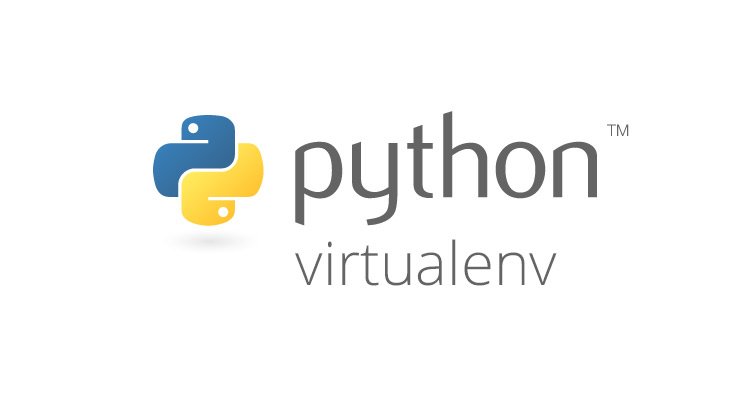

- #SEPERATE PYTHON VIRTUALENV PYCHARM WINDOWS HOW TO#
- #SEPERATE PYTHON VIRTUALENV PYCHARM WINDOWS INSTALL#

Again, these system level packages pollute your development environment and make it hard to share a workspace with others.
#SEPERATE PYTHON VIRTUALENV PYCHARM WINDOWS INSTALL#
Unfortunately, you’ll find some of the same problems using a package manager.īy default, package managers tend to install their packages into the global system space instead of the user space. After all, this is how you install most packages to your system. Programs such as apt, yum, brew, or port are typical next options.

The next logical place to look is package managers. If you install a new version of Python and aren’t careful to install it into your user space, you could seriously damage your ability to use your OS. Take yum for example, which makes heavy use of Python to do its job. The default versions might be too old, which means you’ll just have to wait for a new OS to come out.įinally, some operating systems actually use the packaged Python for operation. If you want to use the latest features in Python, and you’re on Ubuntu for example, you might just be out of luck.

In addition, you don’t really have much control over what version of Python comes installed on your OS. You will run into the same permissions and flexibility problems described above. After hours of troubleshooting and Googling, you may find that you’ve installed the wrong version of a dependency, and it’s ruining your day.Įven if your Python version is installed in /usr/local/bin/python3, you’re still not safe. One common way this problem presents itself is a popular and stable package suddenly misbehaving on your system. Problems with multiple versions of the same package tend to creep up on you and bite you when you least expect it. That’s because you’re installing the Python package globally, which is a real problem if another user comes along and wants to install a slightly older version of the package. To install a package into your system Python, you have to run sudo pip install.
#SEPERATE PYTHON VIRTUALENV PYCHARM WINDOWS HOW TO#
This article will provide you with a great overview of how to maximize your time spent working on projects and minimize the time spent in headaches trying to use the right version of Python. Luckily, managing multiple versions of Python doesn’t have to be confusing if you use pyenv. Have you ever wanted to contribute to a project that supports multiple versions of Python but aren’t sure how you would easily test all the versions? Are you ever curious about the latest and greatest versions of Python? Maybe you’d like to try out these new features, but you don’t want to worry about messing up your development environment. Watch it together with the written tutorial to deepen your understanding: Start Managing Multiple Python Versions With pyenv Watch Now This tutorial has a related video course created by the Real Python team.


 0 kommentar(er)
0 kommentar(er)
